Is FTIR the future of cleaning verification?
Posted: 26 May 2022 | Hannah Balfour (European Pharmaceutical Review) | 1 comment
Here, EPR explores the application of Fourier Transform Infrared spectroscopy (FTIR) in pharmaceutical cleaning verification.
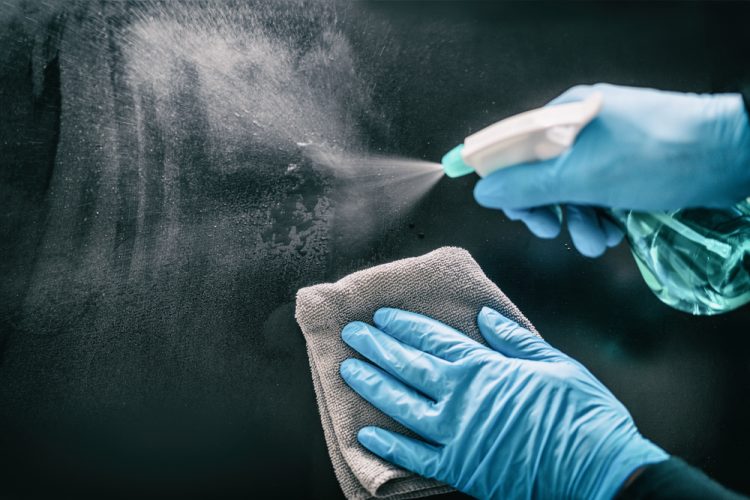

A review of analytical developments in pharmaceutical cleaning verification revealed that Fourier Transform Infrared spectroscopy (FTIR) could be key to future methodologies, as it can interrogate a surface directly without sampling and thus used in place. In this article EPR summarises the key points raised in the review.
Analytical technologies are continuously developing throughout the pharma industry, though we commonly hear about Process Analytical Technology (PAT) being implemented to enhance process understanding, developments are also being made in analytical technologies for pharmaceutical cleaning.
One such development is the application of Fourier Transform Infrared spectroscopy (FTIR), a form of mid-infrared spectroscopy, in cleaning verification. Applying FTIR in this area is new, with probes becoming available over just the last 20 or so years.
FTIR spectra for surface analysis are often collected using two types of reflective spectroscopy, grazing angle and specular reflective spectroscopy. The grazing angle mid-infrared spectroscopy is the most sensitive optical absorption technique for measuring low contaminants on the surface, because of the higher surface area scanned by the spectrometer. Meanwhile, the specular reflectance FTIR has a very low scan area but a higher penetration depth, enabling it to measure a greater thickness sample.
At present, indirect methods are commonly used to verify cleanliness of manufacturing equipment, for instance using swab techniques or analysing samples of rinse. However, indirect methods are becoming less favorable as some of the API residues may have a very poor recovery, which may increase the chance of producing inaccurate results.
Spectroscopy-based cleaning verification methods overcomes these issues by enabling the direct interrogation of the surface without any sampling. A spectroscopy-based method can be used in a place where visual inspection is not sufficient, and an analytical means is necessary to ensure the surface is clean with a high degree of confidence.
Additional benefits of the FTIR-based analytical technique are that it produces significantly faster results than the swab or rinse, in fact, results can be attained in near real-time; and that it allows cleaning verification to be conducted on the production floor.
Though hand-held and portable FTIR tools may be used on the production floor, there are certain disadvantages. These include that the FTIR systems evaluated so far are too big for use in small manufacturing equipment and, with it being a novel tool, regulatory challenges must be overcome to use the technology in a GMP-regulated manufacturing facility. Moreover, FTIR has not been able to quantifying a molecule with a residue acceptance limit (RAL) of less than 1 µg/cm.
The authors concluded that with the work has been done to establish a full range of qualitative, semi-quantitative and fully quantitative applications of FTIR both grazing angle or specular reflectance could be extremely useful tools for surface cleanliness measurement. However noted that “Further research to identify possible interference from the surface and other chemical residues is required to use FTIR for cleaning verification in a complex environment such as the pharmaceutical industry”.
Read the full review at Annals of Chemical Science Research.




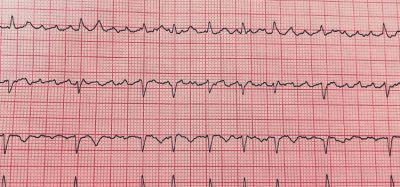
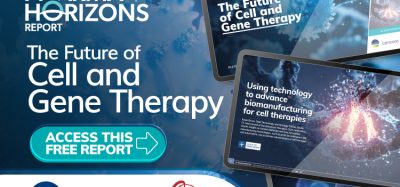
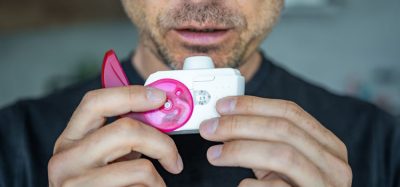
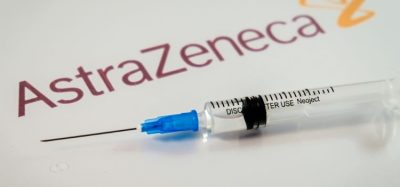


I am interested to have some more insight in this,
Is there any supplier/vendor available?